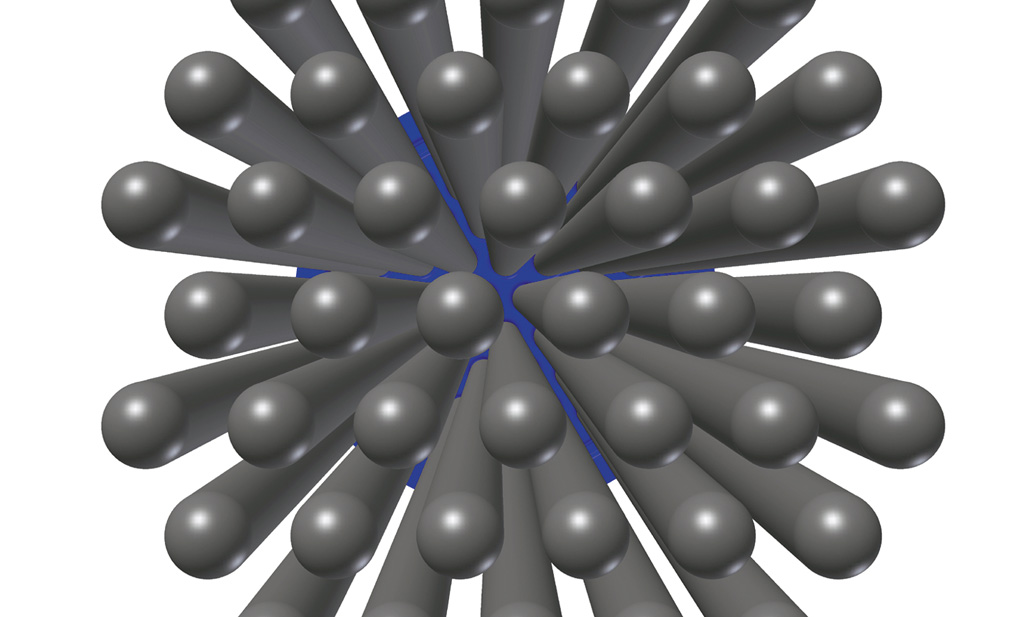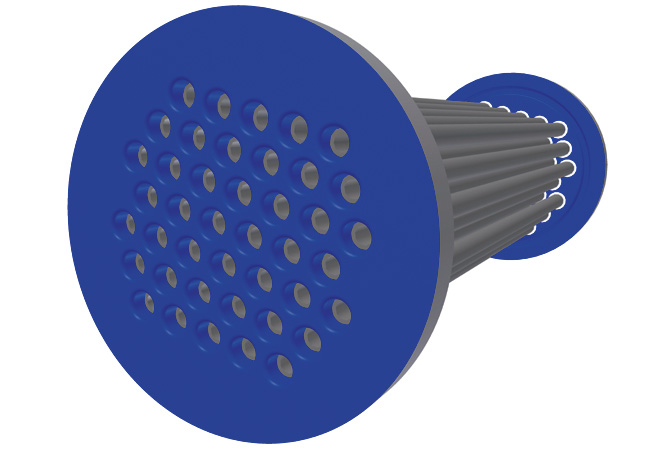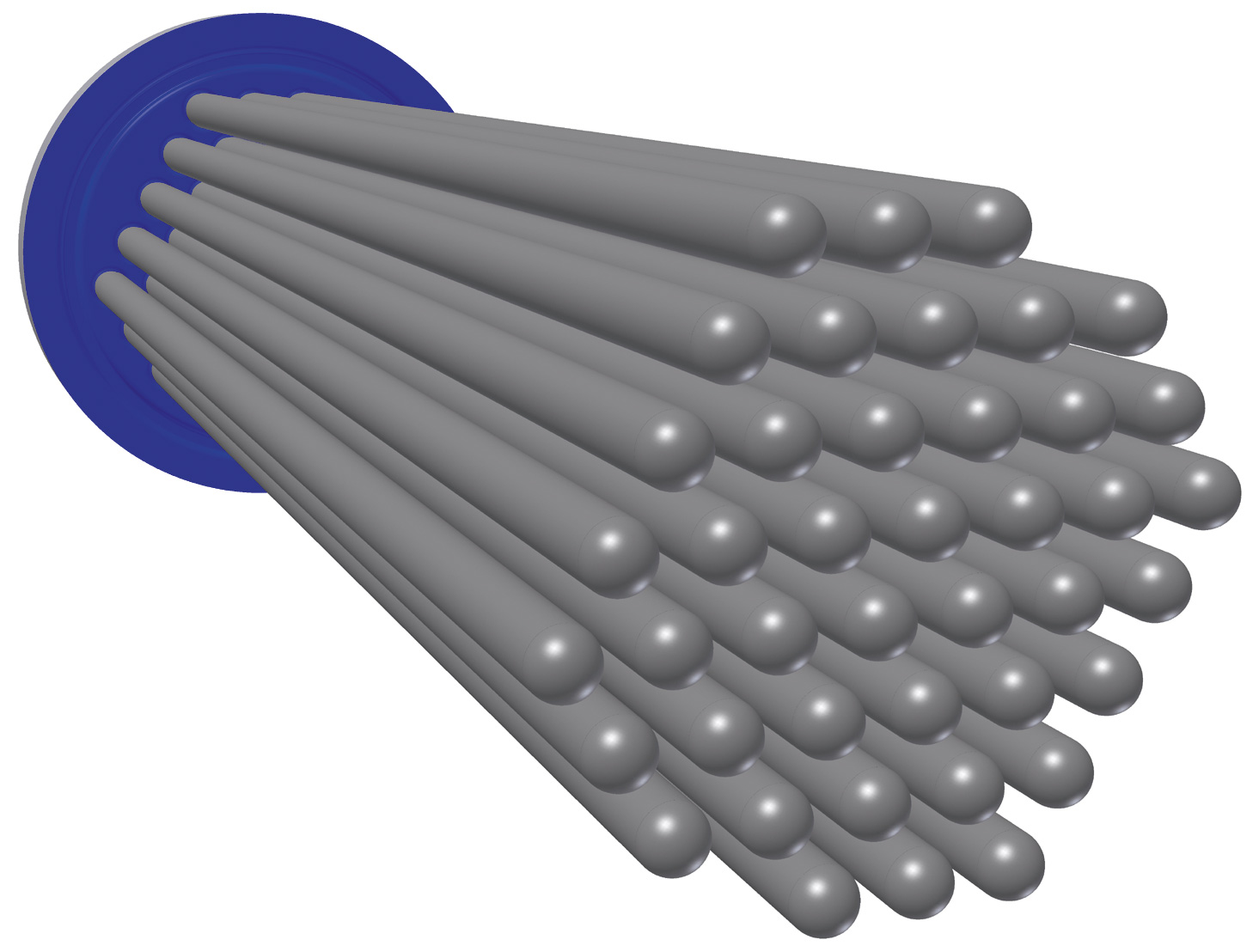Glass-lined Compact heat exchangers with SIC-tubes
Glass-lined Compact heat exchangers with silicon carbide tubes (SIC) can be used in applications with corrosive media. Both, the coolant as well as the product can be corrosive. Furthermore, due to the excellent heat conductivity of SIC, the heat exchanger is a compact design and conforms to GMPrequirements for easy cleaning.
Silicon carbide finds its applications more and more when heat needs to be transferred efficiently and effectively, due to its outstanding feature of heat conductivity λ up to 160 W/m²K. The corrosion resistance of silicon carbide material is equal to that of glass-lined steel, except in applications with high oxidizing media.
Due to its physical characteristics, SIC requires optimized design solutions. In its combination, glass-lined steel and SIC,THALEMAIL offers heat exchangers for single or double flow of the corrosive media. In addition to the gasket-free glass-lined U-tube bundle heat exchangers as referenced in THALE-mail No. 2 of December 2007 the THALEMAIL SIC-Compact heat exchangers close the gap between corrosion medium on only one side and corrosive medium being on both sides. With this solution the well known corrosion resistance feature of glass-lined steel is combined with the high corrosion resistant feature and its excellent heat transfer coefficient of silicon carbide.
Such a combination creates a completely new product with outstanding characteristics. The desired application determines the design of the tube plate, which is either glass-lined on only one side or on both sides,whereby the holes in the tube plate are glass-lined as well.
Contrary to the gasket-free glass-lined U-tube heat exchanger is the sealing of the SIC-tubes accomplished with 2 highly durable O-rings made of (optional) FDA-approved Perfluor elastomer. Where the tube ends fit into the tube plate these are accurately ground with 2 cut-grooves to accommodate the O-rings.Compared to other designs, the tube diameter and the tube wall thickness is quite bigger and greater, resulting in excellent cleaning conditions when product passes through the tube. Due to the relatively big inner tube cross section, pressure losses are very little.
Mounting of the tubes into the glasslined tube plate occurs without any tension load. This type of connection prevents any mechanical load and tension on the SIC-tubes. Thermal expansion does not cause tension or pressure on the tubes due to that sealing concept. Currently heat exchange surfaces of 25 m² with a diameter of DN 500 are feasible within a pressure range of full vacuum -1 to 16 bar and a temperature of 200°C. The tube shell is glass-lined according to state-of-the-art standards and upon request can be supplied with a jacket. The heat transfer coefficient K is in the area of 350 - 1400 W/m²K.
Applications are such as evaporators or condensers and the liquid-to-liquid heat exchange.Of special advantage is the option to select, to apply the corrosive side either inside or outside of the tube or on both sides.
Heat exchangers with two tube plates are the most commonly ones, but also those with only one tube plate are being manufactured (figure 3). The second design has the advantage that the tube/tube plate connections are reduced by half the number. Whenever frequent inspections and cleaning is an issue in the process, then those heat exchangers become equipped with a front-end opening device.







